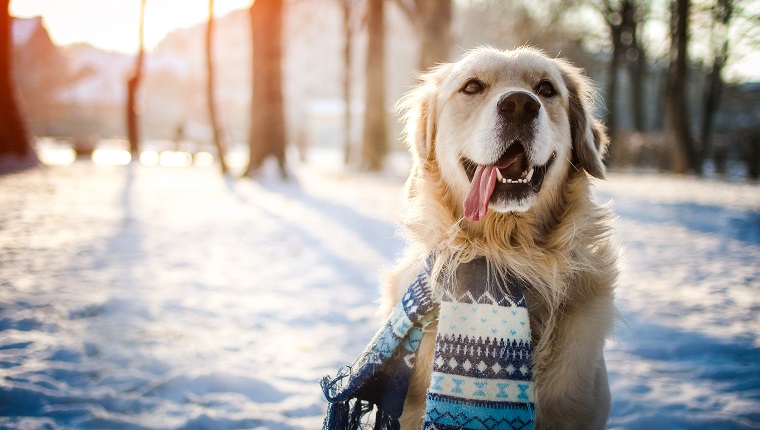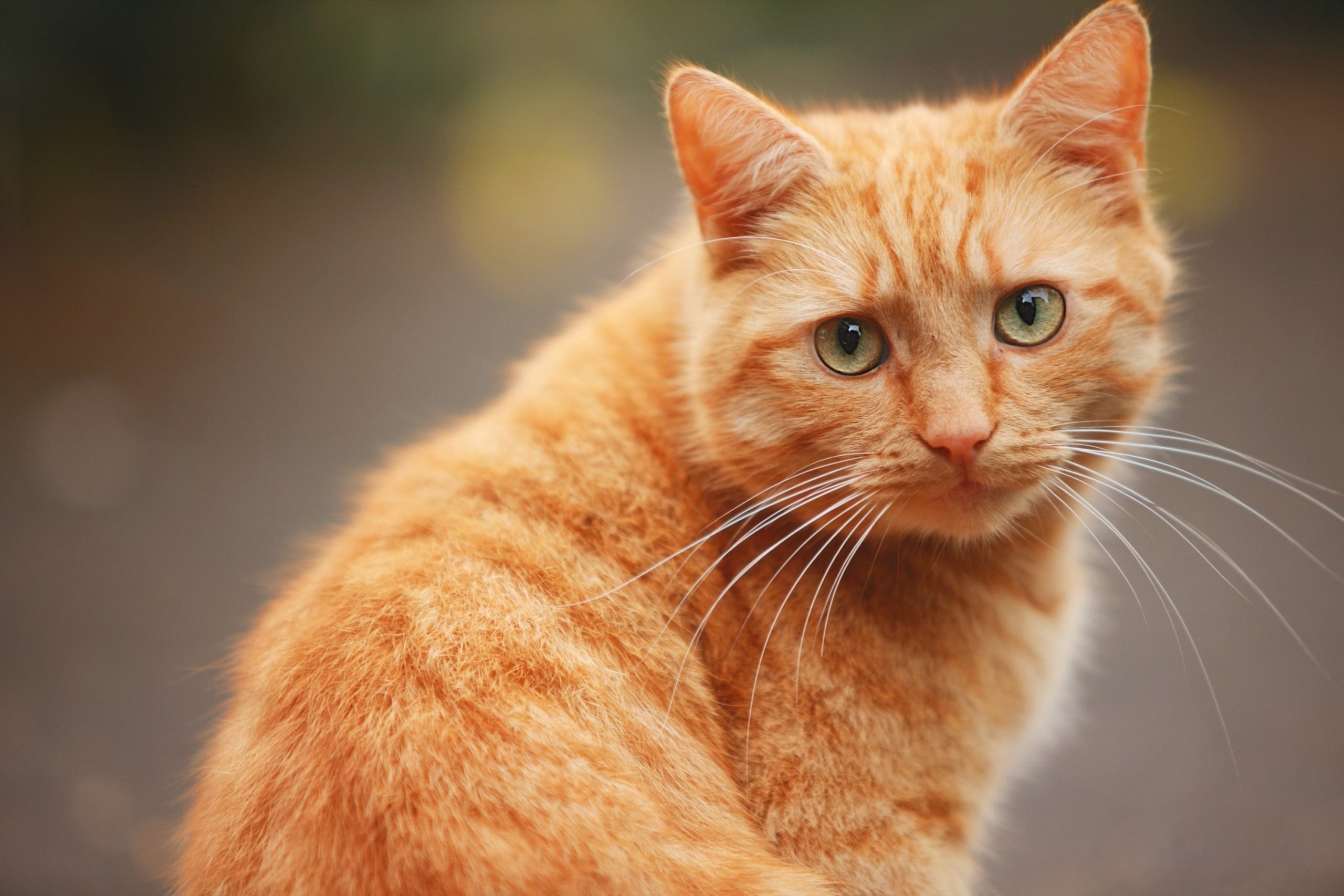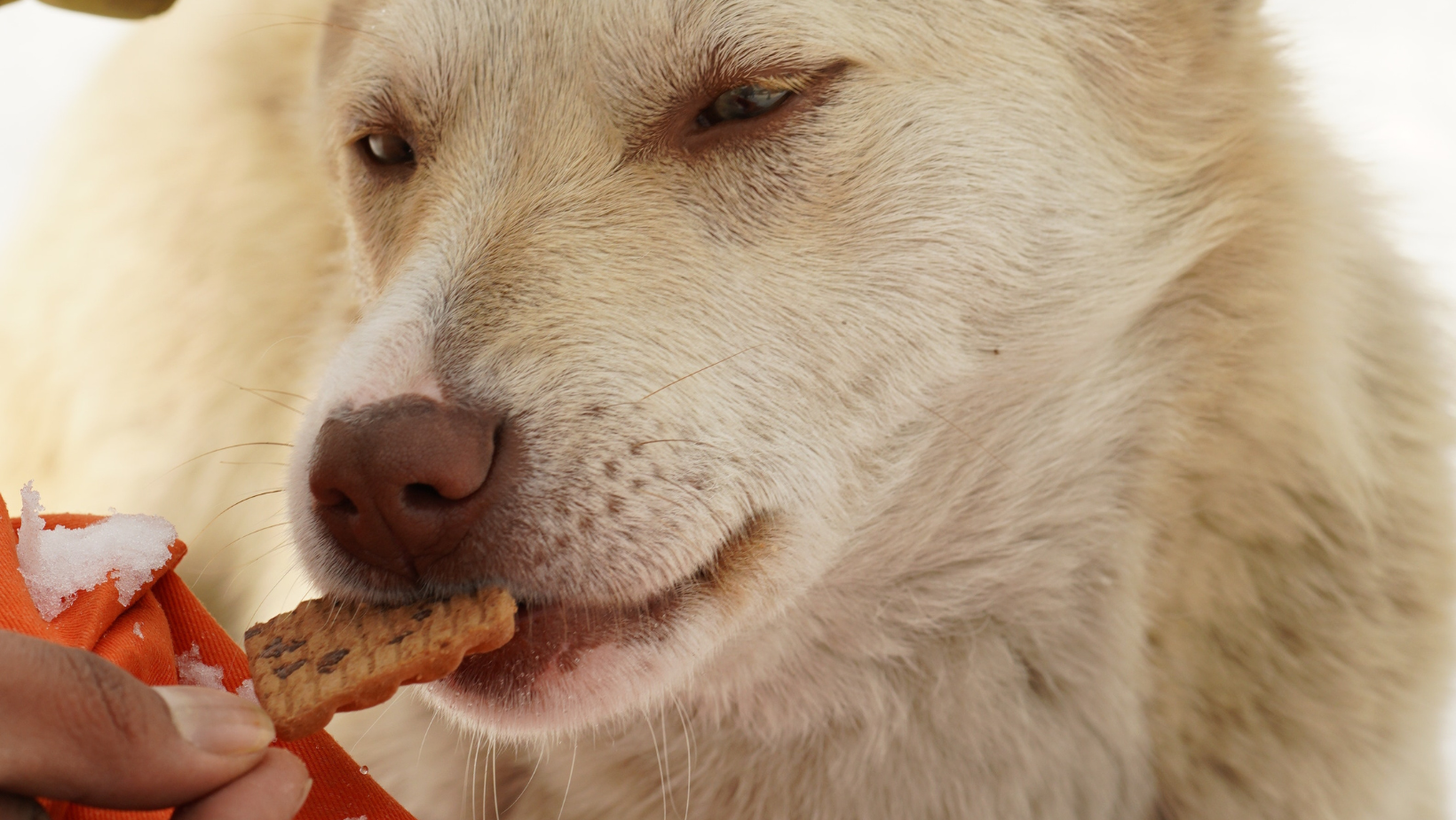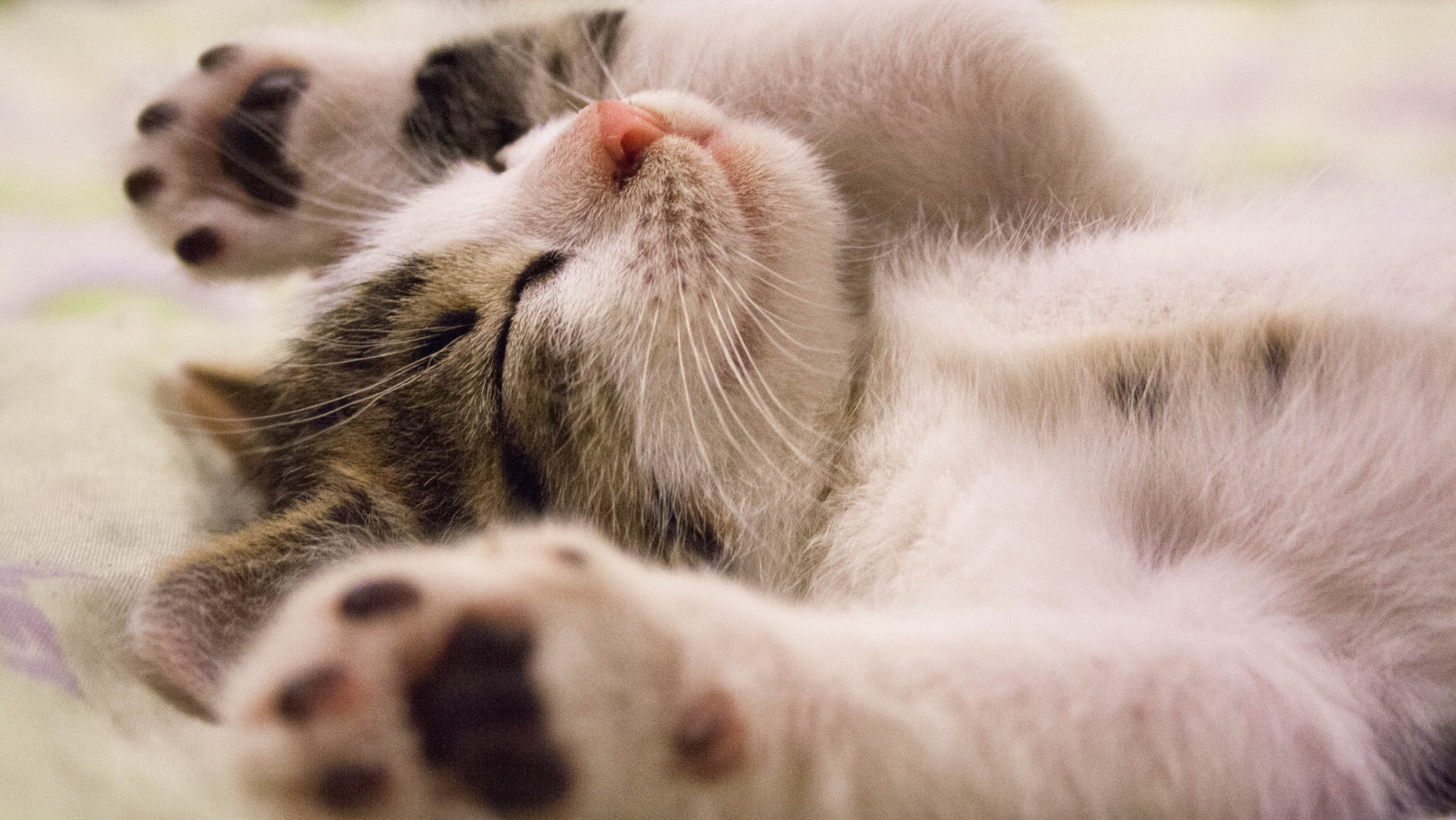Can Cats Eat Dog Food?
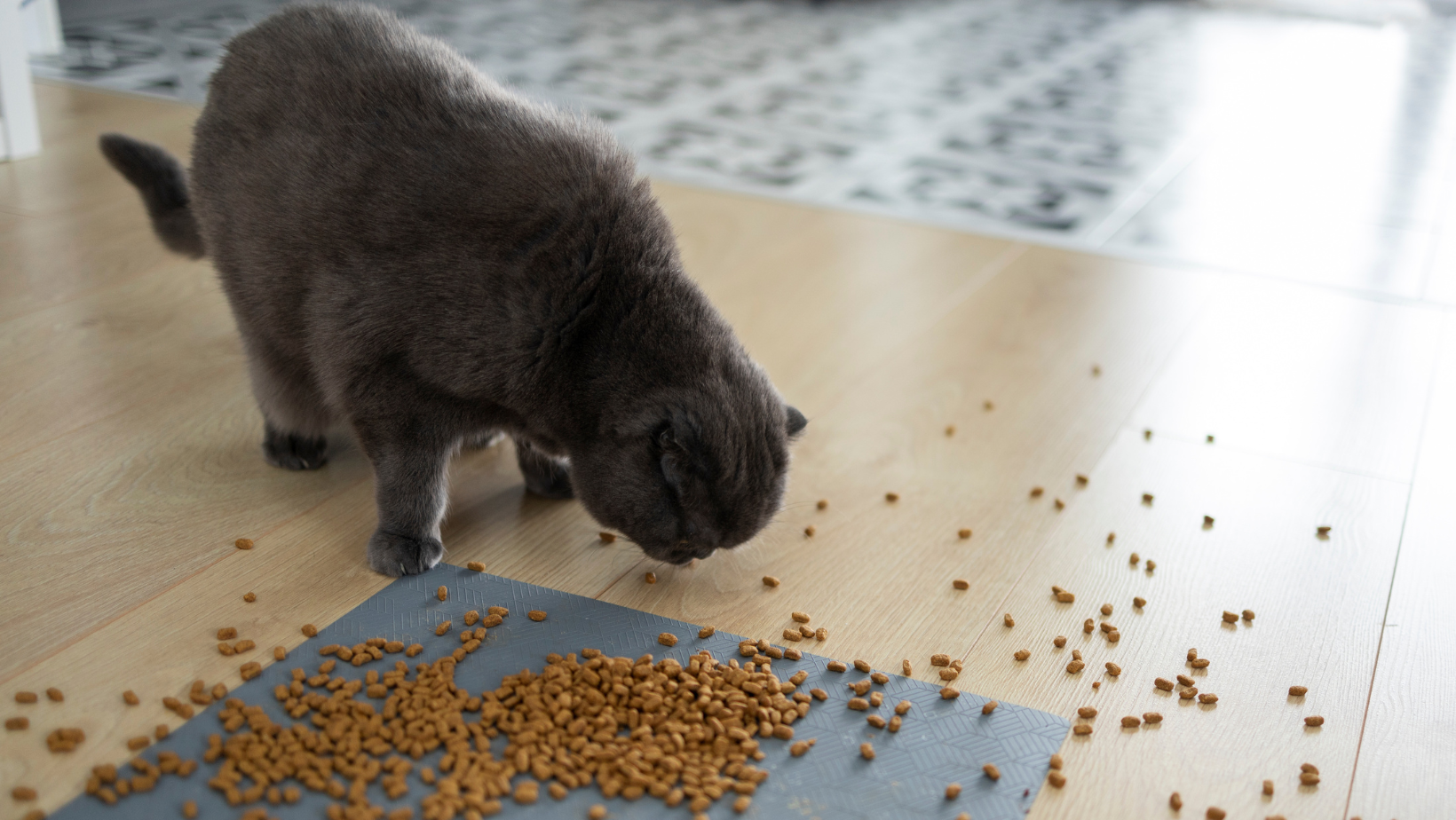
This is a common question to come up in the course of a veterinary visit. “Can Cats Eat Dog Food?”
The quick answer is that a cat can consume modest amounts of dog without experiencing any toxicity or long-term consequences.
The extended response, however, delves into the variations between our canine and feline pals that are peculiar to their respective species. A nibble of stolen dog food won’t hurt cats, but it won’t help them maintain their best health either.
What you should know about cat nutrition and the reasons you shouldn’t give cats dog food in the long run are provided below.
Can Cats Safely Eat Dog Food Long-Term?
No, cats cannot survive on a diet of dog chow.
If a cat is given just dog chow for an extended period of time, negative, even fatal, effects may result.
Due to the differing nutritional requirements of these two species, dog food and cat food recipes have different nutritional ingredients.
Cats and Dogs Have Different Nutritional Needs
Although we share our hearts and homes with both dogs and cats, nature has shaped them through time into very different animals with very different dietary needs.
Cats are obligate carnivores, which implies that all of their bodily functions depend on a diet rich in animal fats and proteins from meat.
In contrast, dogs are actually omnivores. An omnivore can readily eat both meat and vegetables and has a more adaptable diet. Diets based on dog food do not satisfy the unique nutritional requirements of cats.
Differences between Cat Food and Dog Food
Here are a few notable differences between dog food and cat food in terms of composition.
Taste
Dogs and cats both experience flavour differently. In contrast to dogs, cats are unable to detect sweetness, and even the amount of taste receptors between the two species varies.
According to humans, who have over 9000 taste buds, cats only have 470, while canines have 1700.
In order to get our occasionally fussy (and taste-bud-deficient) feline pals to eat, cat meals are specifically designed to be extremely appetising.
*Side note: Since cats typically find dog food unappealing, it’s unusual for them to even desire to consume it. However, dogs adore the tasty, high-protein ingredients in cat food.
Protein
Cats need food with a far higher protein level than does dog kibble because they are severe carnivores by nature.
Rare brands and dog food varieties do have more protein, but overall, not even these specialty dog foods contain the quantity of protein required to keep cats healthy.
The average dog food contains 18–26% “As-Fed” protein. However, I often advise aiming for at least a “As-Fed” protein percentage of 30–34% for cats, with the possibility of adding canned cat food with a protein content of 40–50%.
Taurine
A few mammals, including cats and humans, are unable to produce taurine, thus they must obtain this necessary substance through diet.
- Cats who don’t consume enough taurine can develop:
- vulnerable hearts (dilatated cardiomyopathy)
- absence of vision
- digestive issues
Taurine is now incorporated to every commercially available cat food product; however, it is rarely present in dog food.
Vitamin A
Another nutrient that cats are unable to manufacture on their own and must be supplemented in their diet is vitamin A.
While vitamin A supplements are frequently found in dog meals, they are never present in sufficient quantities for optimal cat nutrition.
Cats who don’t get enough vitamin A will have:
- Coats of poor quality
- muscle atrophy and weakness
- possibly going blind at night
Niacin
Niacin must be included in a cat’s diet because cats cannot produce it on their own.
This is most frequently derived from animal tissue, while plants sometimes contain small amounts of the vitamin. However, a meal with a lower percentage of animal tissue and a higher percentage of plant tissue, such grains, would not provide cats with the right amounts of niacin they require.
Life Stage Is Also Important
The pet food industry is constantly monitored and regulated by a group called the Association of American Feed Control Officials, or AAFCO for short.
The labels of pet foods that adhere to AAFCO’s nutritional standards will read: “…formulated to meet the AAFCO Cat Food Nutrient Profile for… (a life stage).”
In the pet food industry, life stages can be divided into three categories:
- Growth
- Maintenance
- all stages of life
Cats not only have unique nutritional requirements, but they also have different needs depending on what stage of life they are at.
While older, healthy cats require more protein to help maintain their muscles as they age, kittens that are growing quickly require more nutrition and energy sources.
With its lower proportions of proteins and other nutrients, dog food is unable to maintain a cat over the long term at any point of their life.Cats not only have unique nutritional requirements, but they also have different needs depending on what stage of life they are at.
A High-Quality Cat Food Is Essential
The greatest approach to make sure cats remain in our lives for a very long life is to make sure they eat a nutritious, high-quality diet designed specifically with feline needs in mind.
The nutritional requirements of cats are not met by dog food, despite the fact that it is nontoxic and won’t hurt an animal if a few kibbles are consumed.


